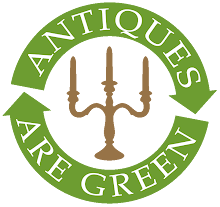
A visit to a retro store in Kingly Court, right in the heart of London, and another to 'Antiques on High' in Oxford, yielded some rather good surprises this weekend, one of which is shown here. Designed by Josef Hospodka for the Prachen glassworks in Czechoslovakia in 1969, it's got to be worth more than the £40 I paid. it may not be everyones cup of tea, but I love the combination between the organic, alien 'limpet' like forms and the mechanical, geometric form. The other piece was a rather lovely Chance Glass 'Fat Belly' decanter and set of six shot glasses, printed with the much-loved 'Swirl' pattern. These really are very rare things, being produced as samples in the early 1970s. I've only ever seen one before - and that was in David Encill's excellent book 'Chance Expressions'. I hardly paid nothing for it, so I guess even though I'm not guilty of travelling un-necessarily, I am guilty of getting over-excited when I see something rare!









.png)